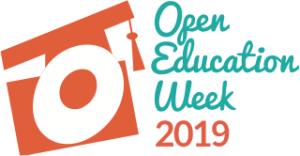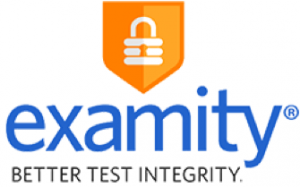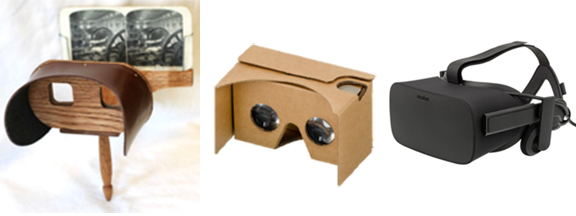The University of Toronto continues to promote Open Educational Resources (OER) and Open UToronto is our initiative that promotes the discovery, use, creation and sharing of open content, resources and courses. We have produced dozens of Massive Open Online Courses (MOOCs), made available numerous open modules and published several open textbooks.
Through eCampusOntario, we are now thrilled that two pioneering UofT instructors have been accepted as Open Education (OE) Fellows. A total of six new partners were recently welcomed, to lead action research focused on open education and contribute to the broader development of the open community in the province.
The eCampusOntario OE Fellows program has the following goals:
- Promote awareness and increase use of open resources and open practices by Ontario educators working at post-secondary institutions
- Support and advocate for increased diversity and choice in education content
- Reduce resource costs for Ontario learners
- Provide OE-focused professional development opportunities in partnership with post-secondary educators and learners
- Conduct and share an open scholarly practice project related to Ontario post-secondary use of OER
The two fellows from UofT are William (Bill) Ju and Xinli Wang.
William (Bill) Ju is an Associate Professor, Teaching stream in the Faculty of Arts and Science where he teaches courses in neuroscience and health/disease. He has a variety of different interests to improve student engagement in the learning process but is currently interested in social justice issues in STEM, educational equity, mental health in the classroom and, of course, how Open Educational resources can be used in all of these areas. You can often find him posting his thoughts, concerns and interests on Twitter using the ID @NeuroscienceUT.
Xinli Wang teaches entry-level mathematics courses at University of Toronto, Mississauga, and Mathematics of Business and Finance at Seneca College. Her love of teaching started when she was a graduate student. After she received her Ph.D, She taught full-time as a math lecturer at Singapore Polytechnic for five years. Her current interests include flipped learning, blended learning, problem based learning, student engagement and open education resources. She does acrylic paintings to destress. She can be found at mathrojak.ca.
See all of the OE fellows at https://www.ecampusontario.ca/oe-fellows/













